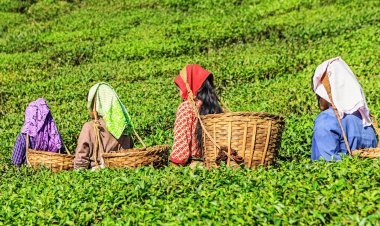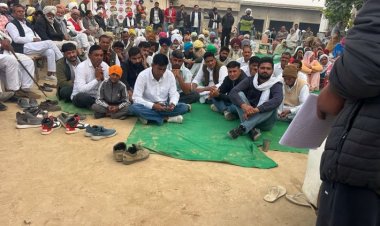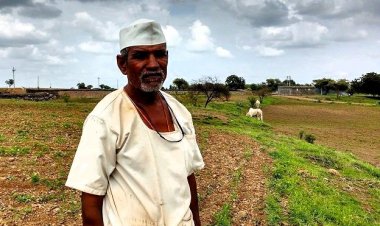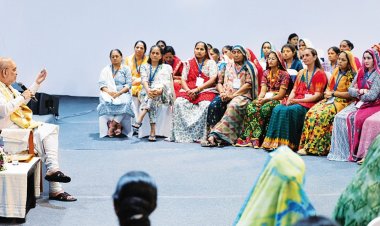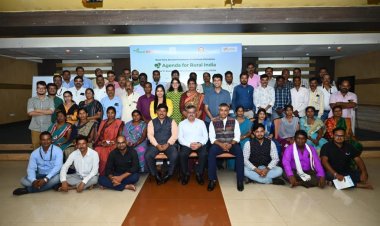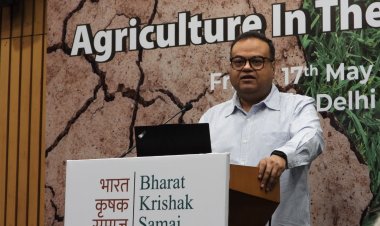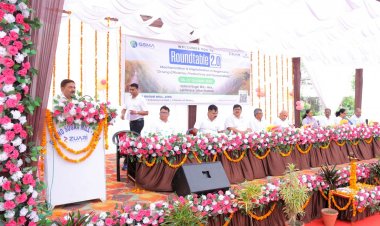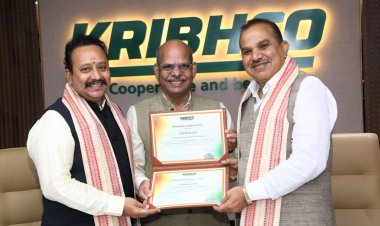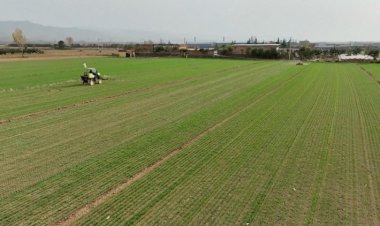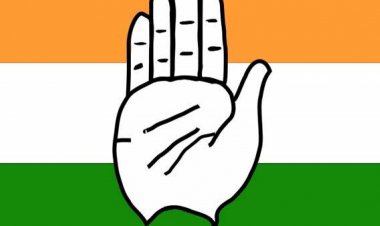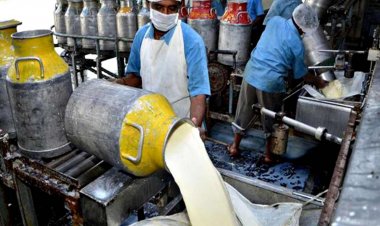Cotton Development Board mooted to ensure India stays global leader in cotton production, export
According to a rough estimate, India will need around 45 million bales to meet the demand of the domestic textile industry by 2026. For this, a clear Road Map is needed and its speedy implementation is essential to ensure that India remains a global leader in cotton production and export.
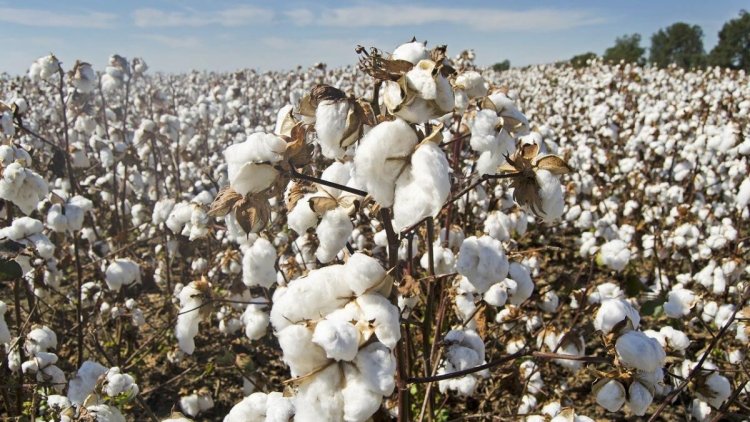
India tripled its cotton production from around 13 million to 40 million bales by 2013-14 and became an important exporter of cotton in the world. Also, the cotton area increased significantly on account of the popularity and faster adoption of Bt technology by cotton farmers. But, unfortunately, the scenario changed in 2015. There was a steady decline in total production from 40 million bales to 31 million bales due to resurgence of pests, and the prevalence of adverse climatic conditions.
According to a rough estimate, India will need around 45 million bales to meet the demand of the domestic textile industry by 2026. For this, a clear Road Map is needed and its speedy implementation is essential to ensure that India remains a global leader in cotton production and export. Against this backdrop, a national workshop on measures to increase cotton production was organised in New Delhi by the Trust for Advancement of Agricultural Sciences (TAAS) in collaboration with the Indian Council of Agricultural Research (ICAR) and the National Academy of Agriculture Science (NAAS).
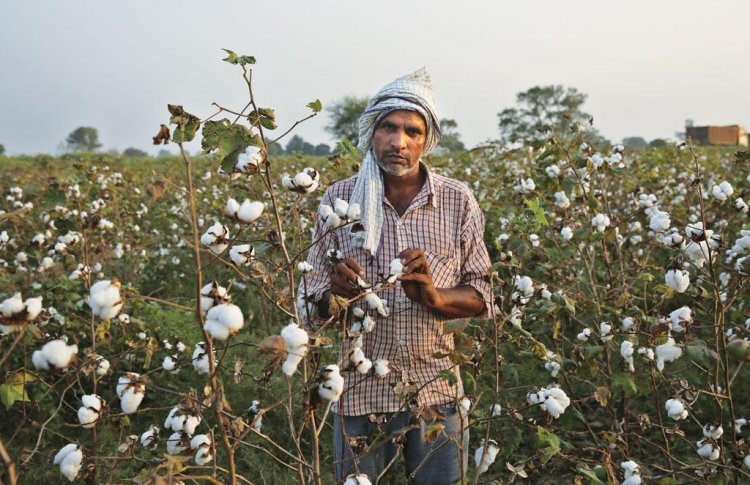
The ‘National Workshop on Enabling Technological and Policy Interventions to Increase Cotton Production and Stimulate Industrial Growth’ suggested establishment of a Cotton Development Board “urgently” on lines of other cash commodities like coffee, tea, rubber, tobacco, and spices to address under one umbrella the diverse policy, development and trade-related issues of cotton and its products. “Also, there is an urgent need to revisit the earlier Technology Mission on Cotton (TMC–2002-10) and implement its second phase to catalyse existing cotton production, productivity, quality, and marketing network.
“The second phase of TMC should involve the Ministries of Agriculture and Farmers Welfare, Science and Technology, Environment and Forests, and Textiles and Commerce with an active participation of concerned cotton growing states and other key stakeholders,” according to a policy brief released recently by TAAS. Noting that higher research investment is critical to becoming a true global leader in cotton, it said, “There is full justification to double the R&D allocation in cotton both by the Government and the private sector institutions.”
To ensure effective private sector investment and to scale new innovations, the government may consider withdrawing price control on cotton seeds and to provide IP protection for new technology events in cotton varieties/hybrids, it said. The workshop felt that appropriate incentives need to be provided to farmers, custom hiring centres, FPOs, entrepreneurs and service providers to improve cotton production efficiency and to increase the income of cotton farmers.
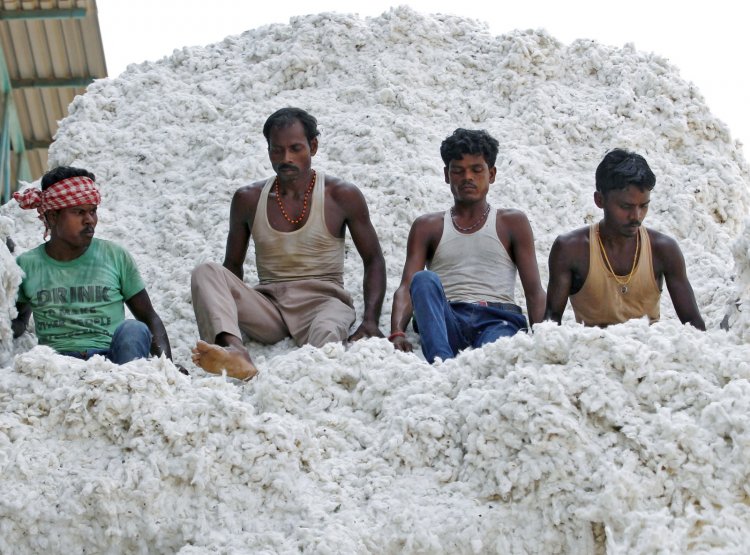
Besides, urgent attention is needed on approval and availability of defoliants, custom hiring of cotton pickers, modernising ginneries to handle machine-picked cotton by designing and installing additional line of pre-cleaners to remove trash, incentivise additional cost in the processing of machine-picked cotton, spinning and textile industry to facilitate the development of the cotton value chain, and developing infrastructure for labelling, traceability, etc. to meet the international standards of cotton quality and trade practices.
The Ministry of Environment, Forests and Climate Change (MoEF&CC) was urged to announce the long pending decisions on the next-generation cotton insect and weed management GM events. In this regard, immediate adoption of HtBt cotton is required to overcome the current losses by the farmers. Towards this, a round table dialogue must be organised at the earliest jointly by the Heads of ICAR and DBT, involving senior officials/scientists of concerned Ministries and the representatives of the private sector to decide the future road map, the workshop said.
To realise the full economic potential of the cotton plant, the value of cotton seed as a source of oil, animal feed and bioenergy should also be given focused attention, it recommended. The workshop felt there is an urgent need to intensify efforts on acquisition, characterisation and evaluation of wild and cultivated germplasm from abroad possessing fibre quality and biotic and abiotic stress tolerance traits.
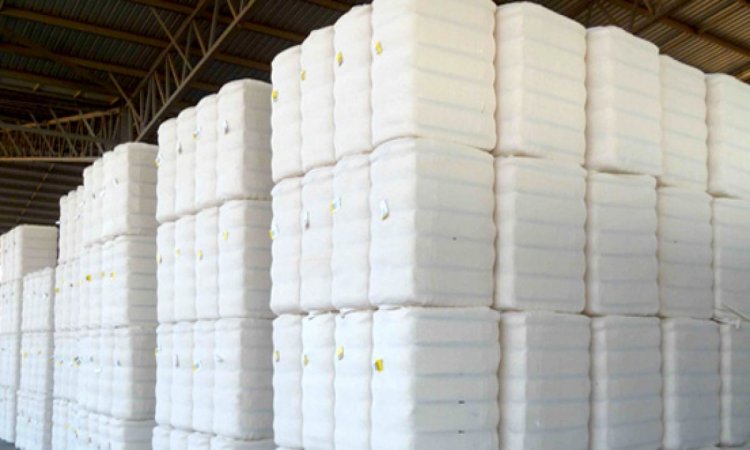
Concerted efforts are needed towards the introduction of new and desirable traits in cotton through new breeding technologies (NBTs), including GM, genome editing and haplotype breeding, the policy note said. To remain a global leader, in addition to the use of current HtBt hybrids, there is an urgent need to harness the potential of new RRF and BG3 innovations, it said. Besides, it spoke of much needed thrust for the development of plant types suitable for high-density planting systems (HDPS), use of defoliants to reduce trash content and adoption of mechanical harvesting.
“To save on cost of seed, we also need to accelerate the development of public sector cotton varieties rather than hybrids and for higher income have coloured and specialty cotton varieties bred and promoted,” it added.



 Join the RuralVoice whatsapp group
Join the RuralVoice whatsapp group


















